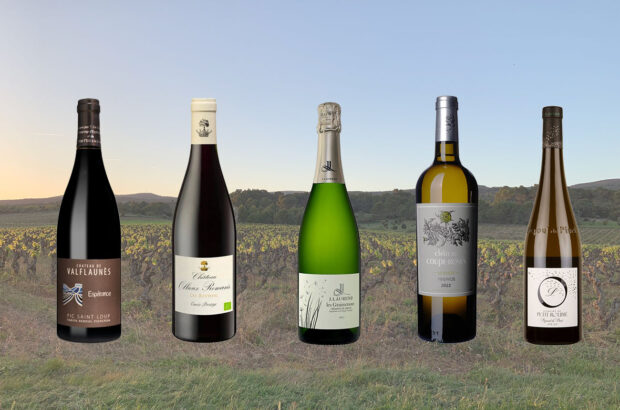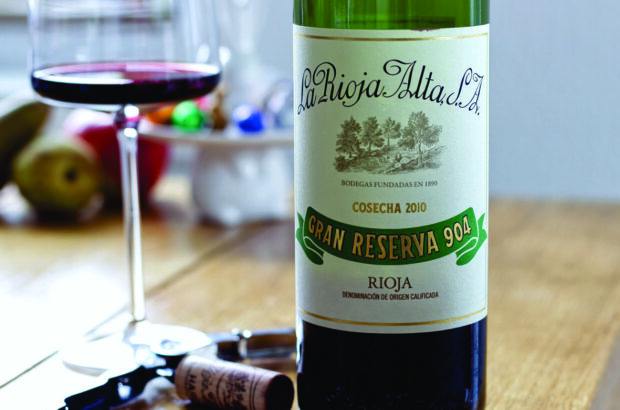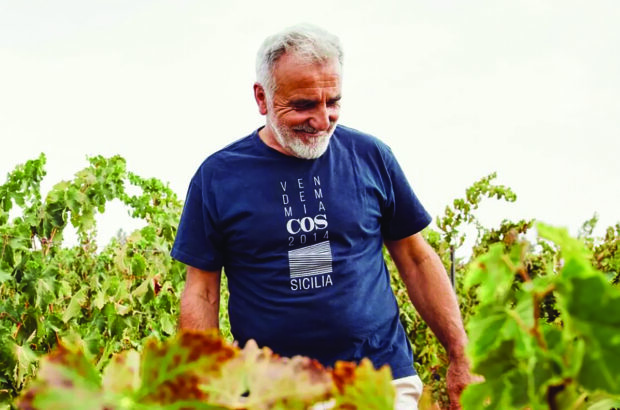In Champagne most producers now hold large stocks of reserve wine which can be used when individual harvests are weak or lacking in some element, or when yields are reduced as a result of adverse weather conditions.
Reserve wine has become increasingly important in Champagne in the blending of non-vintage wines, both in terms of bolstering the volume produced when necessary, but also in raising the level of quality and consistency. How an individual producer chooses to keep their reserve wines varies, but an increasing number of, largely smaller, producers have chosen to create some sort of ‘perpetual reserve’ which operates in a similar way to a sherry ‘solera’.
As its name suggests, the perpetual reserve in Champagne (sometimes referred to as ‘solera’) is built over time by adding amounts of wine from each harvest to your chosen storage vessel, be it stainless steel or concrete tank of differing size or alternatively, oak barrel or large wooden foudre. Typically, this perpetual reserve will be set aside untapped for a number of years to become established and develop, so that by the time it is first used to supply some or all of the reserve wine in a given non-vintage blend, it may contain wines from five or as many as 15 different consecutive harvests.
Some producers including Bruno Paillard, Henri Giraud and Philipponnat have created different perpetual reserves for each of their ‘multi-vintage’ blends, adding a percentage of material from the perpetual reserve (around a third, but sometimes more) to the new blend created from the latest harvest.
The perpetual reserve is refreshed each year with wine from the new harvest and some producers also keep back a portion of the new finished non-vintage wine they created to add further complexity to the perpetual reserve. In any case, over time the perpetual reserve gradually becomes a blend of diminishing amounts of more and more different harvests.

Reserve wine being moved in the Henri Giraud cellar












